
A long history of royal memoirs
In July 2021, Penguin Random House announced that Prince Harry, Duke of Sussex, is in the process of writing his memoirs. According to the publisher, Harry’s book, due out later this year, will provide “the definitive account of the experiences, adventures, losses and life lessons that have helped shape him.”
The decision to publish a full memoir might seem unprecedented—particularly in light of how outspoken Prince Harry has been about difficulties with his family, the press and royal life—but in fact, there exists a long history of royalty publishing memoirs, including Queen Victoria herself. Here are 10 noteworthy royal memoirs that allowed the public a behind-the-scenes glimpse of scandals, political upheaval and pivotal moments in world history.
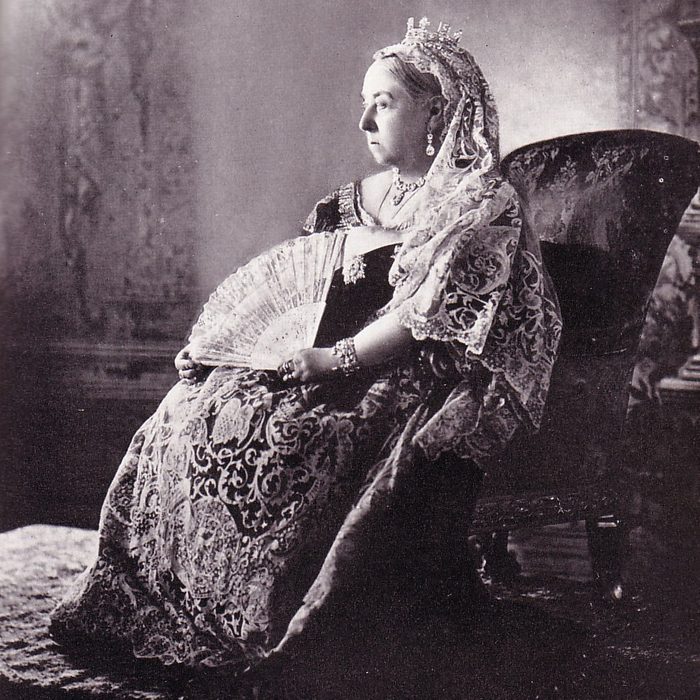
More Leaves from the Journal of Our Life in the Highlands from 1862 to 1882 (1884)
A royal memoir by Queen Victoria (1819-1901)
In 1868, Leaves from the Journal of Our Life in the Highlands, from 1848 to 1861 by Queen Victoria was an instant bestseller, raising thousands of pounds in support of educational bursaries for underprivileged children. At the time, the Queen was in mourning for her late husband Prince Albert and was rarely seen in public. The published journals, dedicated to Prince Albert, allowed the public a glimpse of royal holidays in Scotland in happier times. The sentimental anecdotes about domestic life, which Queen Victoria’s eldest son the future King Edward VII dismissed as “twaddle” appealed to a 19th century middle class audience who expected the royal family to share their values.
The publication of a sequel in 1886, More Leaves from the Journal of Our Life in the Highlands from 1862 to 1882, was far more controversial. This second book was not dedicated to the late Prince Albert, but “To My Loyal Highlanders and especially to the Memory of my Devoted Personal Attendant and Faithful Friend John Brown.”
Brown was mentioned frequently in the text, leading the public to speculate about the nature of their relationship during Queen Victoria’s widowhood. This time, the Queen’s eldest son called the publication of More Leaves “insanity” and complained that he was not mentioned at all. (Queen Victoria told him that “had he been kind enough to read the book carefully” he would have noticed he was mentioned on four different pages.) A parody of More Leaves was published in New York, entitled, John Brown’s Legs or Leaves from a Journal in the Lowlands, imagining the Queen dedicating her memoirs to her kilted servant’s muscular legs.
Discover more fascinating Queen Victoria facts most people don’t know.
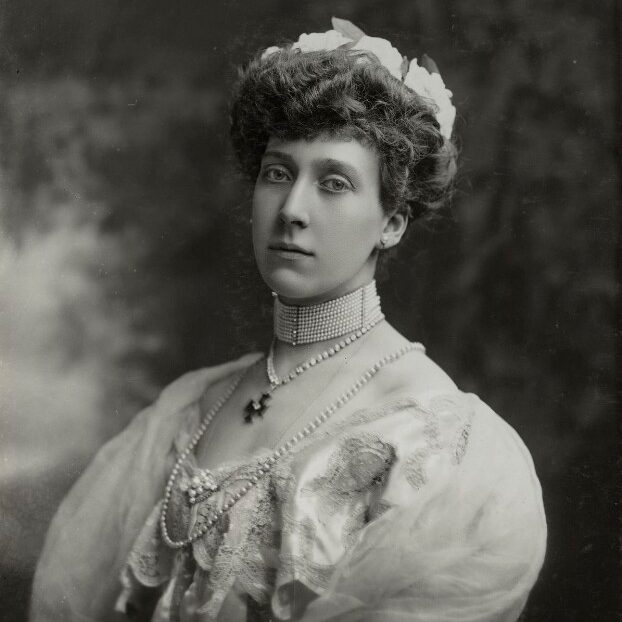
My Memories of Six Reigns (1956)
A royal memoir by Her Highness Princess Marie Louise (1872-1956)
1900 was a difficult year for Queen Victoria’s granddaughter Princess Marie Louise of Schleswig-Holstein. Her brother, Christian Victor, was serving in the South African War (where he died of malaria in October), her own health was precarious, and her marriage to German Prince Aribert of Anhalt was a disaster.
Like Harry and Meghan more than a century later, Marie Louise decided to put some distance between herself and her troubles with an extended stay in Canada. In her memoirs, Marie Louise described visiting Governor General Lord Minto and Lady Minto at Rideau Hall in Ottawa where they “arranged for me to have my own car in the train and go right across Canada to the Rockies and Vancouver.” Just as Marie Louise was about to depart on her cross-Canada train journey, she received a telegram from her father-in-law demanding that she come home at once. Marie Louise wrote in her memoir, “Of course, my first impulse was to say that nothing could induce me to do so; I wanted to go across Canada to Vancouver.” When Lord Minto gave Marie Louise a second telegram, this time from Queen Victoria, the Princess returned reluctantly to the United Kingdom. Marie Louise’s marriage was annulled and she spent the rest of her long life undertaking royal duties.
By the time Marie Louise wrote these memoirs in 1957, the breakdown of her marriage was long past and she was Queen Elizabeth II’s elderly “Cousin Louie.” Kirkus Reviews gave the memoir an unenthusiastic review, concluding “No gossip intrudes or demeans the character of the book which bears its heavy train of memories with dignity and discretion. But it lacks the spark that might widen its market.”
It was not the revelations in the book that were groundbreaking, but rather the fact that she had pioneered a new genre of royal memoir writing—the recollections of an elderly royal insider who could comment with authority on generations of historical figures in the 19th and 20th centuries while still remaining close to her royal relatives. Marie Louise’s cousin, Princess Alice, Countess of Athlone, viceregal consort of Canada from 1940 to 1946, would write her own memoir, For My Grandchildren, in 1966.
Meet the current Queen’s great-grandchildren, from oldest to youngest.
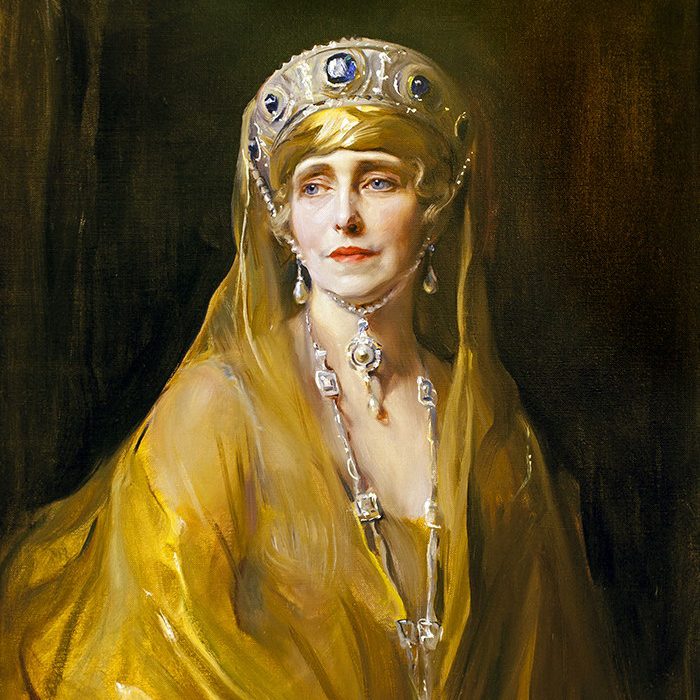
The Story of My Life (1934)
A royal memoir by Marie, Queen of Romania (1875-1938)
In 1893, another granddaughter of Queen Victoria, the 17-year-old Princess Marie of Edinburgh, married the future King Ferdinand I of Romania. Sensitive and romantic, she was disappointed in her marriage but fell in love with the people, culture and landscapes of Romania. She assisted the Red Cross during the First World War and advocated for Romanian interests at the Paris Peace Conference of 1919, events dramatized in the 2019 film Queen Marie.
Marie was a talented writer who published 34 books and short stories during her lifetime. Her three-volume memoir painted a vivid portrait of the suffering of the Romanian people in wartime but also discussed her personal feelings in detail, which fuelled popular speculation about her extramarital affairs.
Although she had very little praise for her husband, she was positively effusive about other men in her life, including a Canadian gold mining millionaire by the name of “Klondike” Joseph Boyle. Boyle had negotiated a $25-million Canadian loan to help Romania rebuild after the war, and seems to have earned Marie’s intense admiration. Of their first meeting, she wrote, “Being myself entirely unresigned and exceedingly rebellious, it was natural that an irresistible sympathy should spring up between us; we understood each other from the first moment we clasped hands, as though we had never been strangers. His advice was strong, brave, stimulating, sometimes a little ruthless, but always invigorating.”
Author Virginia Woolf reviewed Queen Marie’s memoirs and thought the book provided far too intimate a portrait of the royal families of Europe, writing, “Words are dangerous things, let us remember. A republic might be brought into being by a poem.”
Here are more royal family scandals that shocked the world.
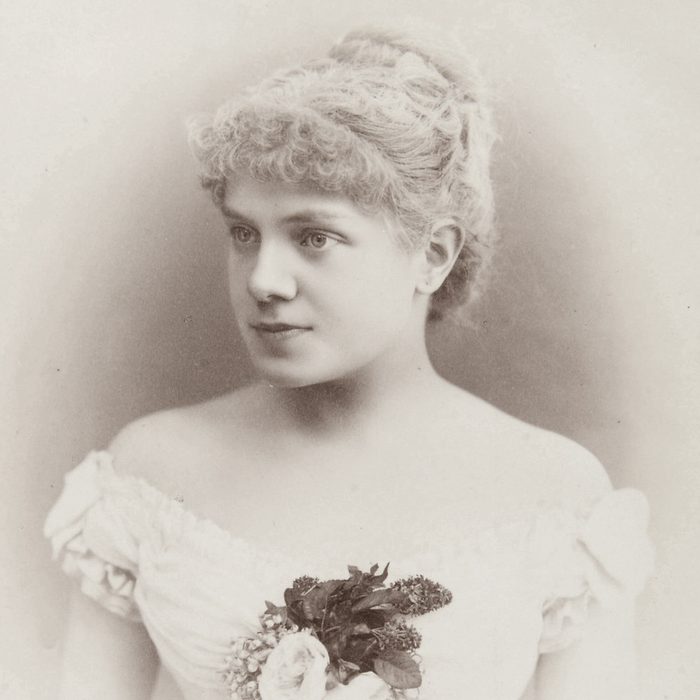
Memoirs of a Spanish Princess (1937)
A royal memoir by Her Royal Highness the Infanta Eulalia (1864-1958)
When the Spanish Infanta Eulalia decided to publish her first book in 1912, her nephew King Alfonso XIII of Spain (the husband of another one of Queen Victoria’s granddaughters), sent her an urgent telegram demanding that she delay the book’s publication until he had read the manuscript and granted his permission. Eulalia refused these terms, and compared her nephew to the Spanish Inquisition. The conflict between royal aunt and nephew received coverage in the New York Times and only helped to boost book sales.
In that book, The Thread of Life, Eulalia advocated for increased autonomy for women including higher education and the right to a divorce. (Her own attempts to formally divorce her husband were unsuccessful.) In 1915, she wrote her second book, Court Life from Within, where she criticized the monotonous routine expected of princesses, writing, “People tell me that Princesses are stupid. I wonder that we are not all idiots. During my life in Madrid almost my only duty was to help lay cornerstones. I helped lay enough to pave the city.”
By the time Eulalia wrote Memoirs of a Spanish Princess in 1937, she was in exile due to the Spanish Civil War. Kirkus Reviews declared that her memoir, “Without being in any sense malicious…is definitely gossipy, picturesque, human—and good reading.”
Read up on the biggest mysteries surrounding the British royal family.
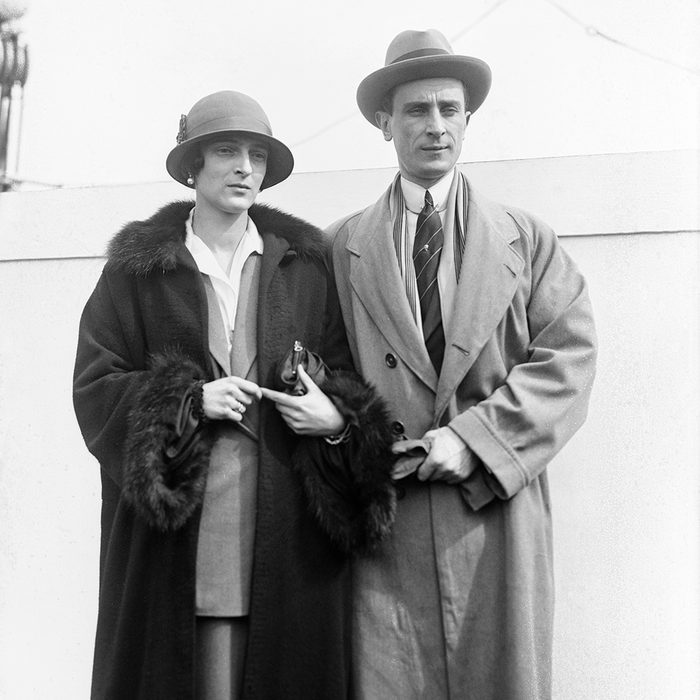
Lost Splendor (1953)
A royal memoir by Prince Felix Yussupov (1887-1967)
Before the Russian Revolution of 1917, Prince Felix Yussupov had been one the wealthiest and most prominent aristocrats in the Russian Empire. Felix’s wife, Princess Irina, was Czar Nicholas II’s niece, and together with their daughter, they fled to Paris in 1919. While Felix had managed to smuggle a few Rembrandt paintings from his personal art collection out of Russia, he would eventually need more income. That income would ultimately come from writing two books about the most notorious event in his life: his involvement in the murder of infamous faith healer and adviser to the Imperial Family, Grigori Rasputin, in 1916.
Felix claimed that he wrote his 1927 book, The End of Rasputin, “because it was necessary to put an end to the garbled versions, entirely devoid of truth, which were being circulated about the Imperial family.” In his 1953 memoir, Lost Splendor, Felix repeated his colourful account of the murder of Rasputin, explaining in great detail his methods—and motives. Rasputin’s “scandalous behaviour, his occult influence over the Imperial couple, his obscene morals, stirred the indignation of the more clearsighted people in Saint Petersburg.” Felix provided a lurid description of how he served Rasputin poisoned cakes and wine that had no discernible effect, then shot him multiple times and threw the body off a bridge into the Neva River. “The devil who was dying of poison, who had a bullet in his heart, must have been raised from the dead by the powers of evil.”
The explosive revelations in Felix’s first book inspired a film in 1932, Rasputin and the Empress—which led to Felix and Irina successfully suing MGM for libel and invasion of privacy. In turn, Felix himself was sued by Rasputin’s daughter, Maria, who had fled Russia and become a circus animal trainer billed as “the Mad Monk’s Daughter.” Maria Rasputin’s lawsuit was unsuccessful, but contributed to growing doubt as to the truth of Felix’s memoirs. Maria noted that her father did not enjoy sweets and would never have eaten the poisoned cakes. The most significant challenge to the accuracy of Felix’s memoir is the autopsy report, which made no mention of poison, drowning or a physical struggle: Rasputin was shot in the head at close range.
Test your knowledge with these history questions people always get wrong.
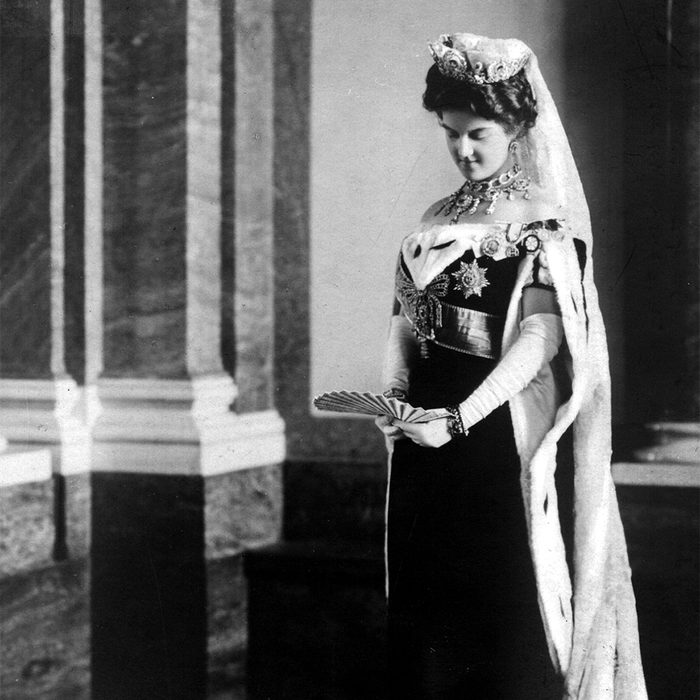
The Education of a Princess (1930)
A royal memoir by Marie, Grand Duchess of Russia (1890-1958)
Czar Nicholas II’s cousin, Grand Duchess Marie Pavlovna, was another member of the extended Russian Imperial family. Like Felix, she survived the Russian Revolution and fled to France, where she opened a sewing shop that supplied embroideries for Coco Chanel’s fashion house. After her embroideries went out of fashion and her efforts to market Prince Igor perfume were unsuccessful, she moved to the United States where she wrote two sets of memoirs, The Education of a Princess and A Princess in Exile, and gave lectures at American universities about the last Russian Imperial family. The books were bestsellers and her financial situation improved considerably.
The Education of a Princess described Marie’s upbringing in Imperial Russia, including some criticism of the aunt who raised her, Grand Duchess Elizabeth, who was murdered by Bolsheviks in 1918 and canonized by the Russian Orthodox Church. Marie also provided vivid descriptions of political violence in early 20th century Russia as she was almost literally caught in the crossfire in Moscow during the Bolshevik Revolution in November 1917. While she walked through the city in an attempt to retrieve her jewels from the state bank, “People ran past me; they fell, rose, or remained lying; cries and moans were intermingled with the roar of shots and the exploding of shells, while a thick, vile-smelling dust stood in the air.”
Marie and her second husband Sergei Putyatin managed to escape Russia in October 1918 with the assistance of “Klondike” Joseph Boyle who met them in Odessa at the request of Queen Marie of Romania. Grand Duchess Marie wrote in The Education of a Princess, “Somehow I did not put much trust in the desire of a Canadian colonel to save us, but I was utterly mistaken.”
Take a look back at the most memorable royal tours of Canada.
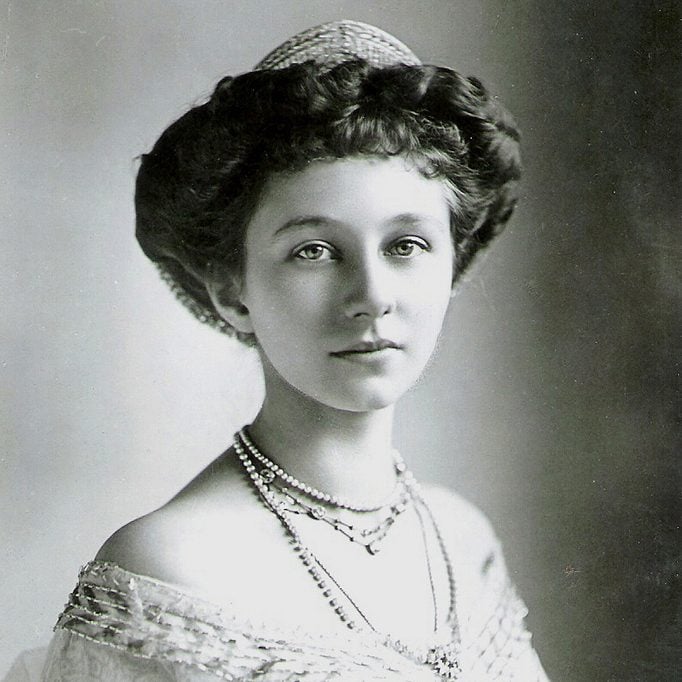
The Kaiser’s Daughter (1977)
A royal memoir by Her Royal Highness Viktoria Luise, Duchess of Brunswick and Luneberg and Princess of Prussia
While royal memoir writers are sometimes critical of their family members, Princess Viktoria Luise, a great-granddaughter of Queen Victoria, wrote her memoirs in an effort to humanize her father. Unfortunately, her father was the late Kaiser Wilhelm II of Germany, who was best known to the public as a militaristic megalomaniac who played a key role in starting the First World War. Viktoria Luise emphasized her father’s devotion to his royal duties, describing the circumstances of his abdication in 1918 as a brave sacrifice, writing, “Nevertheless, even considering the duty he felt toward his people, the Kaiser reached the conclusion that he had to offer himself as a sacrifice for the German people and his brave armed forces.”
Viktoria Luise was not the first royal memoir writer to attempt to rehabilitate Kaiser Wilhelm. Infanta Eulalia had described him as “misunderstood” in one of her own books.
The Kaiser’s Daughter appeared on bestseller lists but few were convinced by the historical accuracy of Viktoria Luise’s glowing depiction of her father.
Don’t miss these rarely seen photos of Elizabeth before she became Queen.
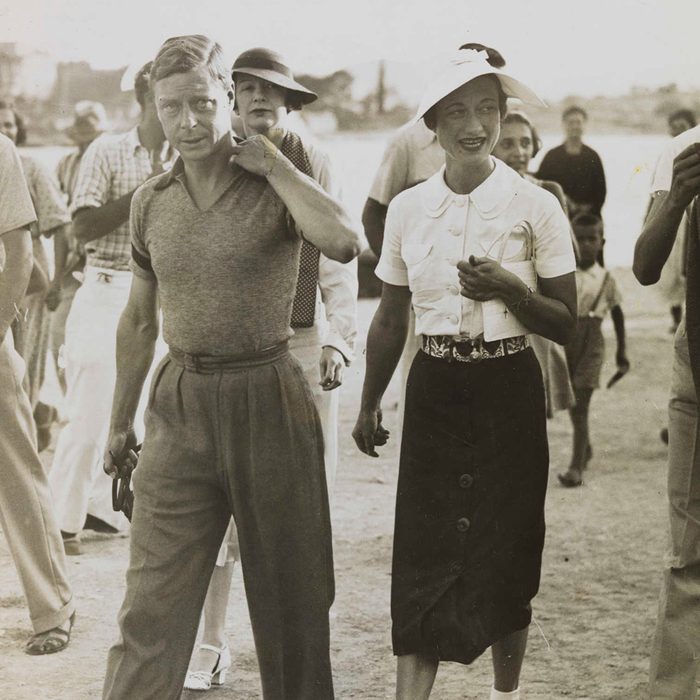
A King’s Story (1951)
A royal memoir by His Royal Highness, the Duke of Windsor
In December 1936, King Edward VIII gave up the throne to marry a twice-divorced American, Wallis Simpson. The scandal, known as the Abdication Crisis, shook the foundations of the monarchy in the United Kingdom and Commonwealth.
The couple were married in France in 1937, and given the titles of Duke and Duchess of Windsor along with an allowance from the new King, Edward VIII’s younger brother, King George VI. As a means of supplementing his income, Edward wrote articles detailing his early years up to the First World War for Time Life magazine in 1947. The publication of a memoir, A King’s Story, in 1951 allowed Edward to expand on these anecdotes with material from his personal papers, and share his own perspective on the abdication.
Aged 56 at the time, Edward reflected on the historical changes that had taken place in his life, writing in the author’s note, “I feel as if I have been traveling through history in a time machine,” because “to a generation that takes for granted nuclear fission, radar, television…somebody who was dandled on [great-grandmother] Queen Victoria’s knee must appear as an old fogy, a relic to be classed with square rigged ships.”
In the discussion of the Abdication Crisis in his memoirs, Edward challenged the idea that he had never wanted to be king at all, stating, “I wanted to be a successful king, but a king in a modern way,” and was uncomfortable with the popular perception that he had chosen love over duty, stating, “I certainly married because I chose the path of love. But I abdicated because I chose the path of duty. I did not value the crown so lightly that I gave it away hastily.”
After the publication of A King’s Story, there was much debate as to whether the Duke of Windsor emerged as sympathetic or self-serving. In his introduction to a reprinted edition of A King’s Story, Edward’s biographer Philip Ziegler observed, “[Edward] was commendably fair to almost all the parties involved, though his dislike of Archbishop of Canterbury, Cosmo Lang, was hardly concealed,” and “The other principal villain in history was the [British] Prime Minister Stanley Baldwin.” The Economist declared the book, “Most dignified, objective and historically valuable.” Foreign Affairs was more measured in its review, stating, “The work is not particularly informative about broad world or Empire affairs, but is most useful for an understanding of the subtle premises of that unique institution, the British crown.”
Here’s what The Crown gets wrong about the British royal family.
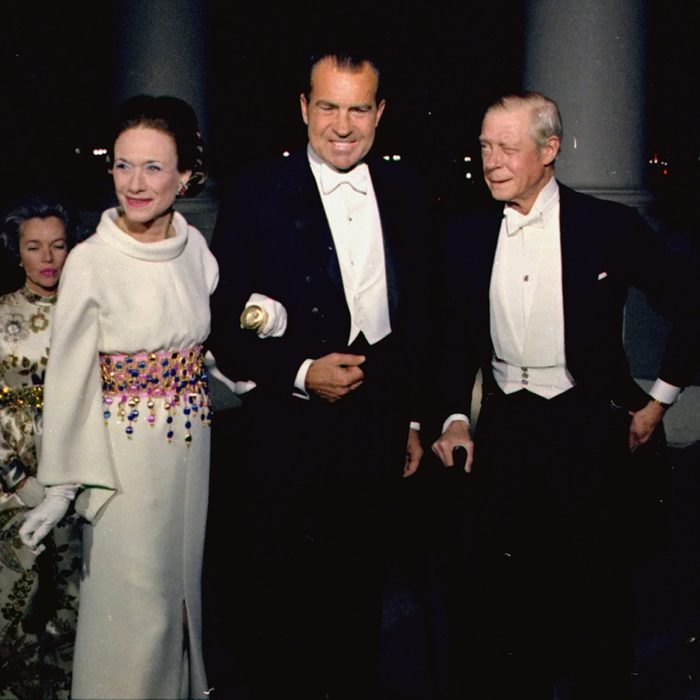
The Heart Has Its Reasons (1956)
A royal memoir by the Duchess of Windsor
Just a few years after the Duke of Windsor published his memoirs, his controversial wife the Duchess of Windsor (formerly Wallis Simpson) also released a book about her experiences. She notes in the preface, “I never saved letters, I never kept a diary, never treasured personal documents or momentos,” so her memoir does not include the wealth of primary sources quoted in A King’s Story.
Despite the romantic title, the book provided few insights about her personal relationship with the former King. Readers noted that there were more descriptions of the interiors of hotels, palaces and country houses than behind-the-scenes anecdotes about her marriage to her royal third husband. Edward did not appear in the text for the first 150 pages as Wallis described her childhood in Baltimore and her first two marriages. She was critical of her alcoholic first husband Winfield Spencer Jr, writing “I was to become aware, before our brief honeymoon was finished, that the bottle was seldom far from my husband’s thoughts or his hand” but spoke warmly of her understanding second husband Ernest Simpson, noting “whatever he may have been thinking and feeling, he loyally played his part.” It was Ernest Simpson’s business interests that brought Wallis to the United Kingdom.
In her memoir, Wallis emphasized how she was at first excluded by British society as an American, then embraced because of her relationship with the prince, then once again ostracized after Edward VIII’s abdication. Wallis was clearly unsettled by the angry letters that she received for the public after the Abdication Crisis, noting, “The most abusive, oddly enough, came from Canadians, from English people residing in the United States, and from Americans of British birth or connections.” Wallis repeatedly emphasized that she did not want Edward to abdicate and that she considered leaving him, but Edward “was determined that I stay; he insisted that he needed me, and as a woman in love I was prepared to go through rivers of woe, seas of despair and oceans of agony for him.”
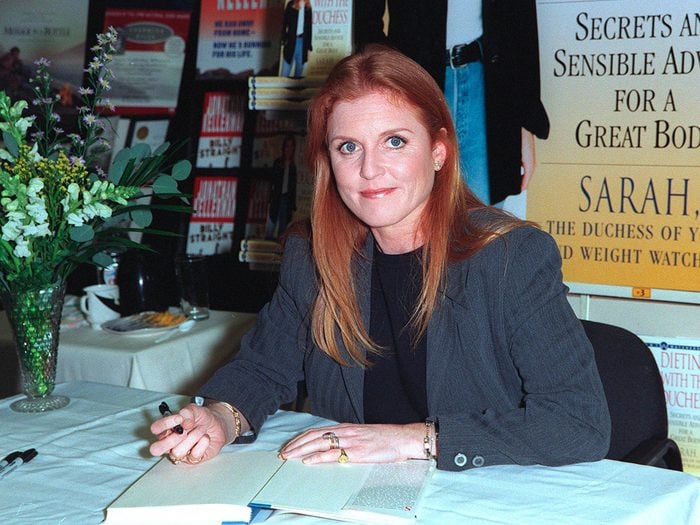
My Story (1997)
A royal memoir by Sarah, the Duchess of York
Sarah Ferguson, Duchess of York, former wife of Queen Elizabeth II’s second son Prince Andrew, began her autobiography with an account of one of the most embarrassing moments ever to appear in a royal memoir. In the introduction, entitled “Rock Bottom,” Sarah describes how she was at Balmoral Castle in Scotland with Andrew, her young daughters Princesses Beatrice and Eugenie, and her husband’s entire family (including the Queen) when the Daily Mirror published paparazzi photographs of her sunbathing topless with her American financial adviser in 1992.
Sarah described Prince Charles, Princess Anne and Prince Edward reading newspapers that morning, writing that “Eyes wide and mouths ajar, the adults were flipping through the Daily Mirror and the rest of the tabloids. Until they saw Andrew and stopped, as it never feels quite right to be gazing at your brother’s wife when she hasn’t got all her clothes on.”
She spent the day apologizing personally to every member of the royal family, writing, “By early afternoon, I needed another brandy but I saw the gauntlet through.” At dinner, “I knew they must be seeing me topless, or being nuzzled by a bald American. The courtiers eyed me sneakily, discreetly. The butlers and footmen gaped, and I felt naked in their sight.” Sarah clarified in her memoir that despite the tabloid headlines claiming her financial adviser sucked her toes in the photographs, “no sucking of toes had taken place in the south of France.”
Andrew and Sarah divorced in 1996 but remained friends. Sarah wrote in her memoir, “As a single mother with few assets and less income than most presumed, I was in deep financial trouble.” The book was part of a series of activities to improve her financial situation, including becoming a spokeswoman for Weight Watchers. Sarah also demonstrated a desire to be understood by the public, describing her conflicts with royal courtiers, who she called “the Grey Men” of “the Firm.” Sarah wrote, “Swollen with self importance, the courtiers tried to bring me to heel. But their memos and censures backfired.” She also criticized the press, writing “When you are a public figure and the press declares open season, there is no way to fight back.”
The book received mixed reviews at the time, especially in the British press, but has received renewed attention with the news that Prince Harry is writing his own memoirs.
Next, take a look back at Queen Elizabeth II’s incredible life in 30 quotes.